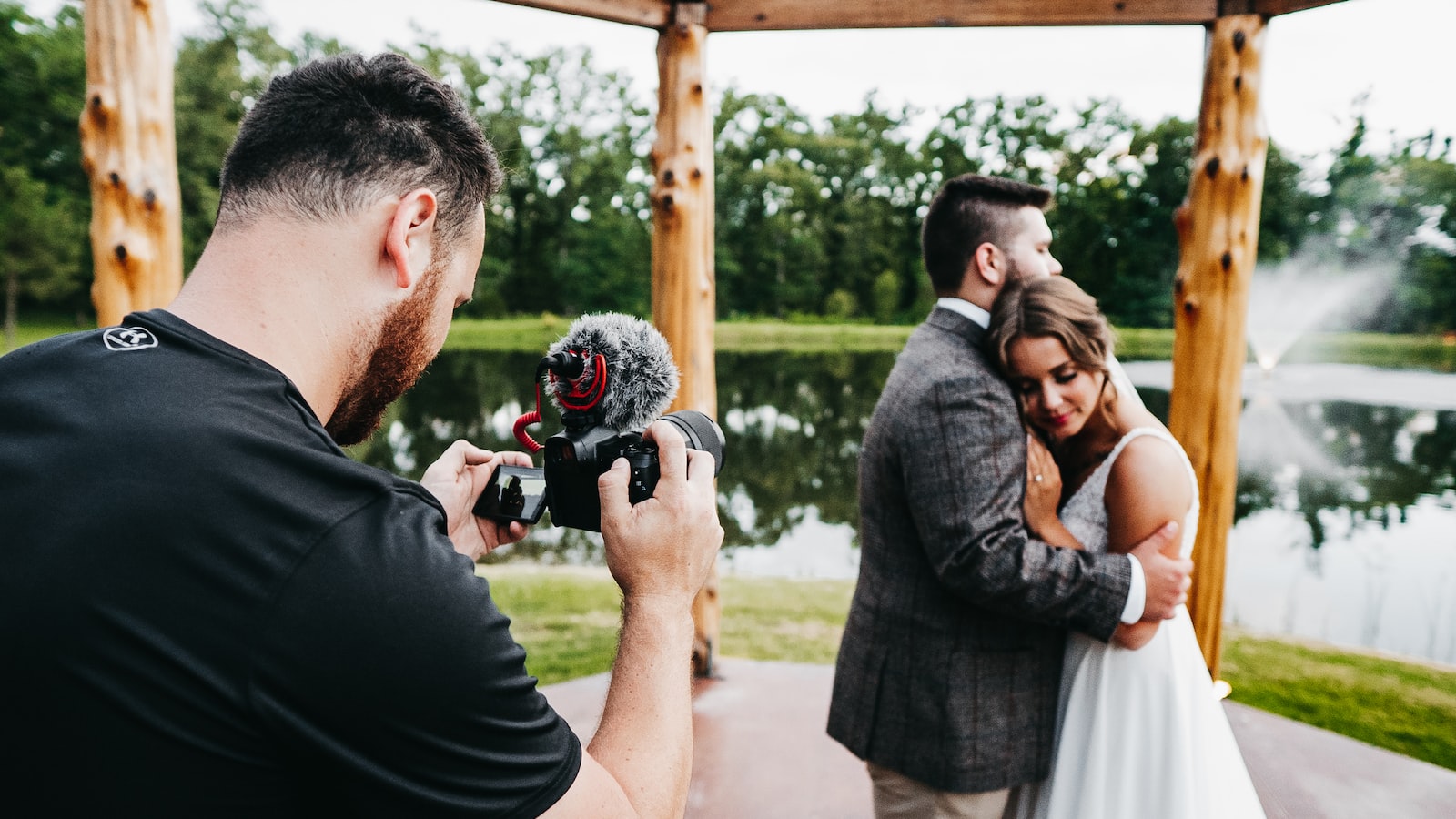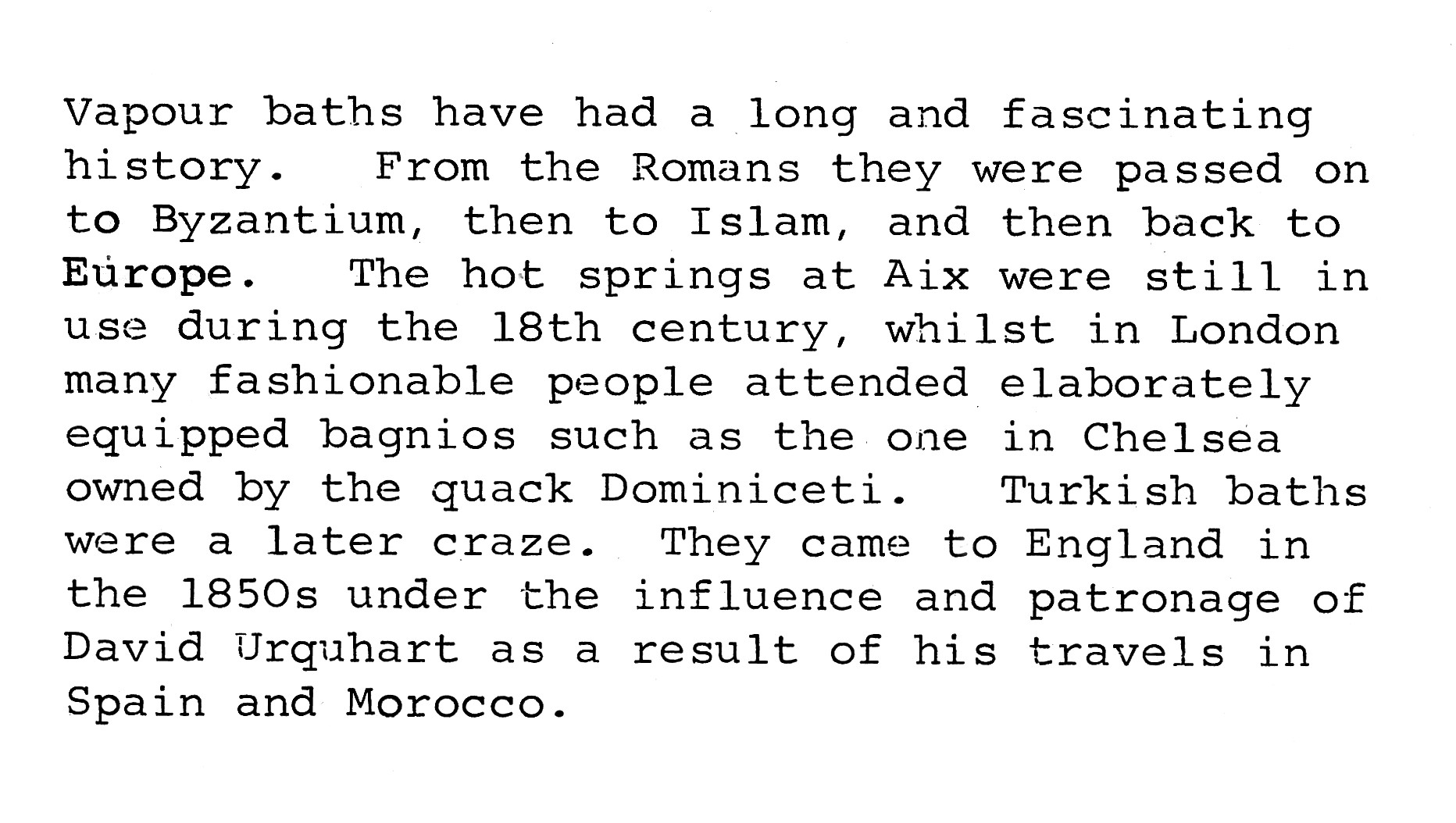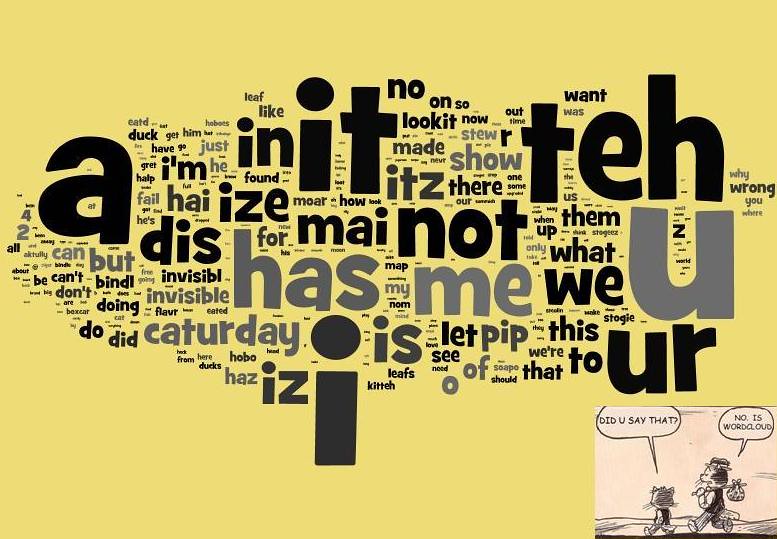Hey there! Welcome to our latest blog post where we’ll be discussing an exciting update to YouTube O Matic. In this YouTube video titled “Youtubomatic update – import video captions to generated post’s content,” we’ll dive into the new feature that allows you to import video captions into your generated posts.
The video starts with the creator introducing the update and how it will revolutionize the way you create content using YouTube O Matic. By setting the generated post content settings, you can easily include the video captions using a shortcode.
But that’s not all! The plugin’s latest update also offers additional settings, such as selecting preferred caption languages and defining separators for captions. The video demonstrates how easy it is to import captions for videos about ambulances, and even shows how you can add the YouTube video itself alongside the captions.
With this new feature, you can now seamlessly incorporate YouTube video content and captions into your blog posts. So, if you’re an avid YouTube content creator or simply looking to enhance your blog with engaging videos, this update is definitely worth exploring.
We hope you find this new feature of YouTube O Matic plugin exciting and useful. Stay tuned for more updates and until next time, happy blogging!
– Importing video captions to generated posts

To import video captions into generated posts, you can easily set this up using the YouTube o matic plugin. First, ensure that the generated post content settings are configured to include the video caption. Simply use the video caption shortcode in the settings to display the caption.
Additionally, the latest update of the plugin allows you to set a preferred language for the captions. By specifying the preferred languages such as English, Spanish, or Portuguese, the plugin will automatically import the first available caption in the preferred language. If no preferred language is specified, the default caption will be imported. You can even customize the separator for the captions, with the default being a newline. Feel free to use other options such as constellations or any other preferred separator.
Now, let’s put these settings to the test. Search for videos about ambulances and import them into your blog. You can import multiple videos, but for the sake of speed, let’s import one for now. Once the import is complete, check your blog and you’ll see that the caption has been successfully imported into the post.
If you want to include the actual video in the post, simply use the default shortcode for YouTube videos. This shortcode will place the video on top of the captions. You can further enhance the display by setting a separator between the captions, such as a dot and a space.
Remember to save your settings, and enjoy this exciting new feature of the YouTube o matic plugin. It allows you to effortlessly generate posts directly from the content of your YouTube videos. Stay tuned for more updates and enhancements. Bye for now!
– Setting preferred language for captions

To set your preferred language for captions in YouTube-o-matic, follow these steps:
-
Set the generated post content settings: In order to display the video caption in your post, you need to configure the post content settings. Use the following shortcode to display the video caption: [video_caption]. By adding this shortcode, the video caption will be included in your post.
-
Set the preferred language for captions: In the latest update of the plugin, you can now choose your preferred caption language. You can set the preferred language by entering the language code in the settings. For example, if you prefer English as the caption language, you can set it as “en”. Similarly, you can set Spanish as “es” and Portuguese as “pt”. If the captions contain any of these languages, the first one found will be imported. If you don’t set a preferred language, the default caption will be imported.
Additionally, you can define the separator for the captions. By default, the separator is a newline, but you can use other characters or symbols as separators. Now that you have configured these settings, let’s give the video caption shortcode a try. Search for videos about ambulances and import one video for testing purposes. Once the import is finished, check your blog to see that the caption has been successfully imported. You can import more videos if needed.
To include the video in your post along with the captions, you can use the default YouTube video shortcode, [youtube_video]. If you want to separate the captions, you can use a dot and a space as the separator. Remember to save your settings. Enjoy using this exciting new feature of the plugin, and stay tuned for more updates!
– Defining the separator for captions

To define the separator for captions in YouTube O Matic, you can use the “Video Caption” shortcode. By setting the generated post content settings, you can display the video caption in the post. If you leave the preferred language field blank, the default language caption will be imported. Additionally, you have the option to set a preferred language for captions, such as English, Spanish, or Portuguese. If any of these languages are found in the captions, the first one will be imported from the list.
In the latest update of the plugin, you can also define the separator for captions. By default, the separator is set to newline, but you can use constellations or any other character of your choice. This allows you to customize the formatting of your captions. Once you have set the desired settings, you can try out the “Video Caption” shortcode by importing a video and checking the generated content in your blog. You can also add a YouTube video on top of the captions by using the default YouTube video shortcode and separate the captions with a dot and a space. Remember to save your settings for the changes to take effect. This new feature of the plugin allows you to easily import captions and create engaging posts directly from your YouTube videos. Enjoy exploring this exciting update until next time!
– Including YouTube video and captions in the content

To include YouTube videos and captions in your content, follow these steps:
-
Set the generated post content settings to include the video caption. This can be done by using the video caption shortcode. By adding this shortcode, the video caption will be displayed in the post.
-
Additional settings in the plugin allow you to set the preferred language for the captions. You can choose languages like English, Spanish, or Portuguese. If captions in these languages are found, they will be imported. If the preferred language field is left blank, the default caption will be imported. You can also define the separator for the captions, such as newline, constellations, or anything else.
Now, let’s try out the video caption shortcode. Search for videos about ambulances and import one video for the sake of speed. Once the import is finished, check the blog and you will see that the caption has been imported. Repeat this process to import more videos. As you can see, the content no longer includes the video. To include the video along with the captions, use the default YouTube video shortcode. You can also customize the caption separator, such as using a dot and a space. Save the settings and refresh the blog to see the latest post containing the video and its caption.
With this new feature of the plugin, you can enhance your posts by directly including content from your YouTube videos. Give it a try and enjoy the benefits. Until next time, bye bye! In conclusion, the latest update to YouTubeomatic brings an exciting new feature: the ability to import video captions into the generated post content. With just a few simple settings, you can now display video captions using the video caption shortcode. Additionally, you have the option to set a preferred language for the captions, ensuring that the correct language is imported. By leaving the settings fields blank, the default caption will be imported. Furthermore, you can define the separator for the captions, allowing for flexibility in their presentation.
To demonstrate this feature, we imported a video about ambulances and checked the blog to find that the caption was successfully imported. By using the default YouTube video shortcode, you can include the video along with the captions in your content. We also separated the captions with a dot and a space to enhance readability.
This update opens up new possibilities for creating engaging posts directly from your YouTube videos. We hope you enjoy this new feature, and until next time, take care!